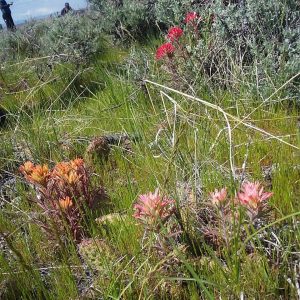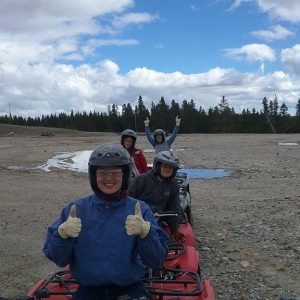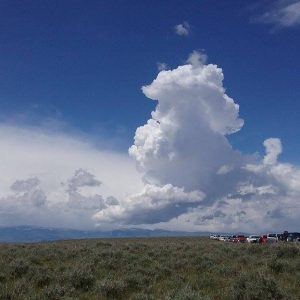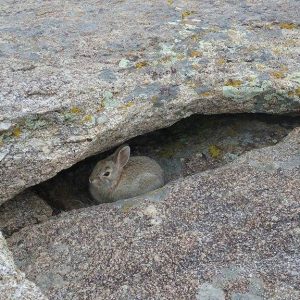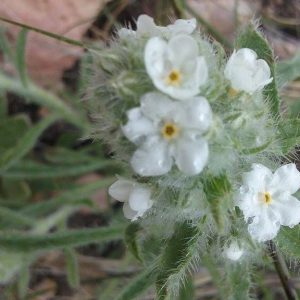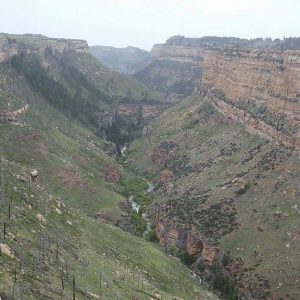As a veteran CLM intern who isn’t doing SOS work this season, I was given the option to do a training alternative to the week-long workshop at Chicago Botanic Garden. After a couple weeks of hunting for desert botanical classes at Zyzx and the Jepson Herbarium, I stumbled on the jackpot: the California chapter of the Society for Ecological Restoration (SERCal) was holding its annual conference in mid-May at the University of California – Davis!
Private contractors, university professors, students, and nonprofit conservationists converged on the UC-Davis campus, many of them restoration professionals who have been in the field (literally) for decades. Their collective experience fit well into the conference theme: ‘Looking back…Leaping forward’. Much of the research presented at the conference examined the success or lack thereof of restoration projects that were 30+ years old. In this field, it’s rare to keep up with monitoring for that long, and some of the findings were not what I would have expected.
For instance, one presentation by the long-time native propagator and restorationist Ed Kleiner (Comstock Seed, Inc.) revealed an interesting trend in restoration sites across the Great Basin and Mojave Deserts. Initially, restored sites would be overtaken by invasive species like Halogeten glomeratus. However, after ten years of low-level maintenance that did not involve targeted herbicide spraying, Kleiner’s team found that the native shrubs they planted eventually outcompeted the Halogeten, and after 15-20 years, the site had matured into a thriving sagebrush community. I was pretty surprised at the success of this hands-off method, particularly in a region of the country that’s drowning in cheatgrass (Bromus). I guess only more time will tell if these restored ecosystems are as resilient as they look.
This year was also the first time that SERCal devoted an entire session to that ever-looming threat to ecological work: climate change. The talks in this session focused not so much on discrete studies as they did on frameworks for approaching climate-smart restoration and management. One presentation, by Tom Giraldi of Point Blue Conservation Science, highlighted the need for vulnerability assessments in restoration planning, and the use of past projects in predicting challenges. Another talk that focused on policy challenges advocated for “boldness in the face of uncertainty” – a not-so-subtle reminder that we are running out of time in which to act. Overall, researchers stressed the practice of asking smarter, more structured questions before and during the restoration process.
My favorite session (and that which was most applicable to my internship) was the one on native plant and seed source management. Presentations included germination work with rare species, the use of large-scale and sustainable agricultural practices for propagating native species, and the finer points of designing seed mixes for disturbed sites. Most touched upon the National Seed Strategy (NSS) and its importance in guiding long-term, interdisciplinary restoration projects, speaking of it as though it were a battle plan that could lead them through the uncertain mire of the future. As a CLM intern and a former SOS worker, I felt privileged to be part of a grand design of such importance.
Perhaps the most exciting take-away of mine from SERCal 2017 are the networks I built with the conservation professionals I met. One of them, Professor Neville Slade of Victor Valley College (VCC), located in the western Mojave Desert, is interested in helping his students plug into the NSS as CLM interns. In June, I’ll be visiting VCC to talk to these students about my experiences as a SOS/CLM intern. It’s my hope that I’ll be able to plant some seeds in these students’ heads that will grow into commitment to conservation and sustainable, long-lasting repair of the damage that we humans so easily wreak on this precious planet of ours.




































